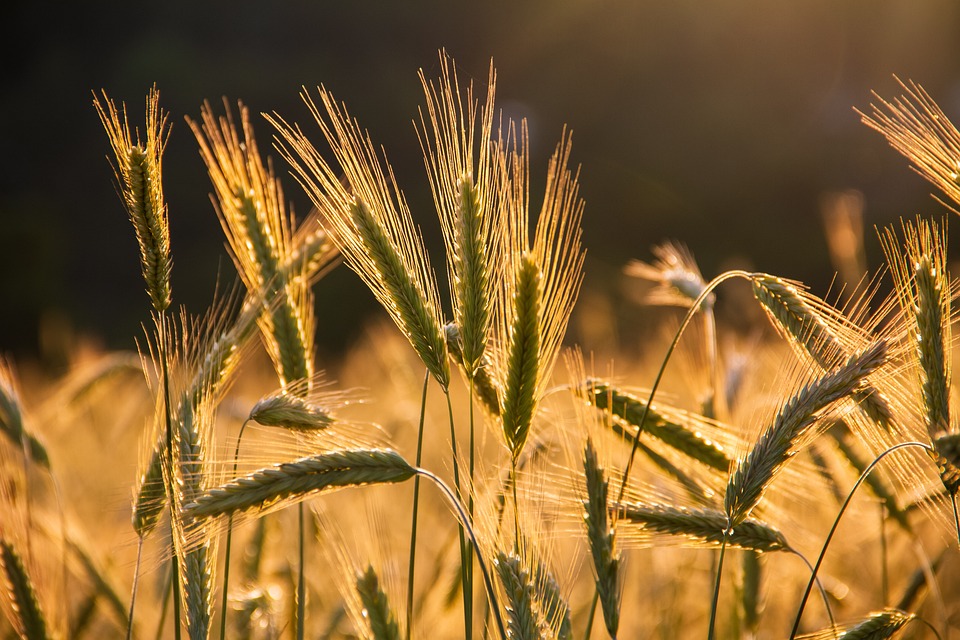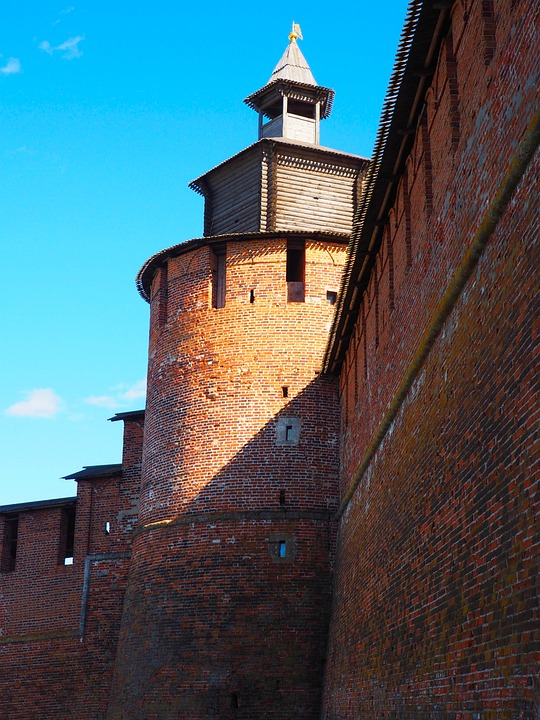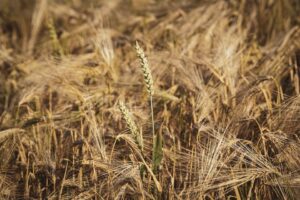The Rich History of Rye Cultivation: From Ancient Grains to Modern Crops
Ancient Origins of Rye
Rye, a cereal grain closely related to wheat and barley, has a long and rich history that dates back thousands of years. The cultivation of rye can be traced back to early Neolithic times, with evidence of its cultivation found in archaeological sites in what is now Turkey and the Middle East. Rye was one of the first grains to be domesticated by early farming communities, along with wheat and barley.
Rye in Ancient Civilizations
Rye played a significant role in the diets of many ancient civilizations, including the Greeks, Romans, and Egyptians. In ancient Greece, rye was considered a staple food and was used to make a popular flatbread known as “ergotimos.” The Romans also valued rye for its nutritional value and used it to make a variety of breads and porridges. In Egypt, rye was cultivated along the Nile River and was believed to have medicinal properties.
The Spread of Rye Cultivation
As civilizations and empires expanded and traded with one another, the cultivation of rye spread to different regions of the world. By the Middle Ages, rye had become a staple crop in Northern Europe, particularly in countries like Germany, Poland, and Russia. Rye was well-suited to the cooler climates and shorter growing seasons of these regions, making it an important crop for food security.
Rye in Modern Agriculture
Today, rye is still an important cereal crop in many parts of the world. It is grown primarily for its grain, which is used to make bread, alcohol, and animal feed. Rye is also valued for its ability to grow in poor soils and cold climates, making it an important crop for sustainable agriculture.
Varieties of Rye
There are several different varieties of rye that are cultivated around the world. Some of the most common varieties include winter rye, spring rye, and hybrid rye. Winter rye is planted in the fall and harvested in the spring, while spring rye is planted in the spring and harvested in the summer. Hybrid rye is a cross between different rye varieties and is bred for specific traits such as disease resistance and yield.
Rye Cultivation Practices
Rye is a hardy crop that can thrive in a variety of growing conditions. It is often planted as a cover crop to protect soil from erosion and improve soil health. Rye is also commonly used as a rotation crop with other grains such as wheat and barley to break pest and disease cycles. Rye is typically planted in the fall and harvested in the summer, with the straw left in the field to enrich the soil.
Rye as a Food Crop
Rye is a versatile grain that can be used in a variety of culinary applications. Rye flour is commonly used to make bread, particularly in Northern European countries where rye bread is a staple. Rye flour has a distinct flavor and texture that is well-suited to dense, hearty breads. Rye is also used to make alcoholic beverages such as rye whiskey and beer, as well as in animal feed and forage.
The Health Benefits of Rye
Rye is a nutritious grain that is rich in fiber, vitamins, and minerals. It is a good source of complex carbohydrates, which provide steady energy and help regulate blood sugar levels. Rye is also high in antioxidants, which help protect the body from oxidative stress and inflammation. Studies have shown that consuming rye as part of a healthy diet can help reduce the risk of chronic diseases such as heart disease, diabetes, and obesity.
Challenges Facing Rye Cultivation
Despite its many benefits, rye cultivation faces several challenges in the modern agricultural landscape. Changes in climate patterns, pests, and diseases all pose risks to rye crops. In addition, competition from other cereal grains such as wheat and barley can make it difficult for rye farmers to compete in the global marketplace.
The Future of Rye Cultivation
Despite these challenges, rye cultivation continues to be an important part of the agricultural industry. Efforts are being made to develop new rye varieties that are more resilient to climate change and disease, as well as to promote sustainable farming practices that benefit both farmers and the environment. With its rich history and nutritional benefits, rye is likely to remain a staple crop for many years to come.





